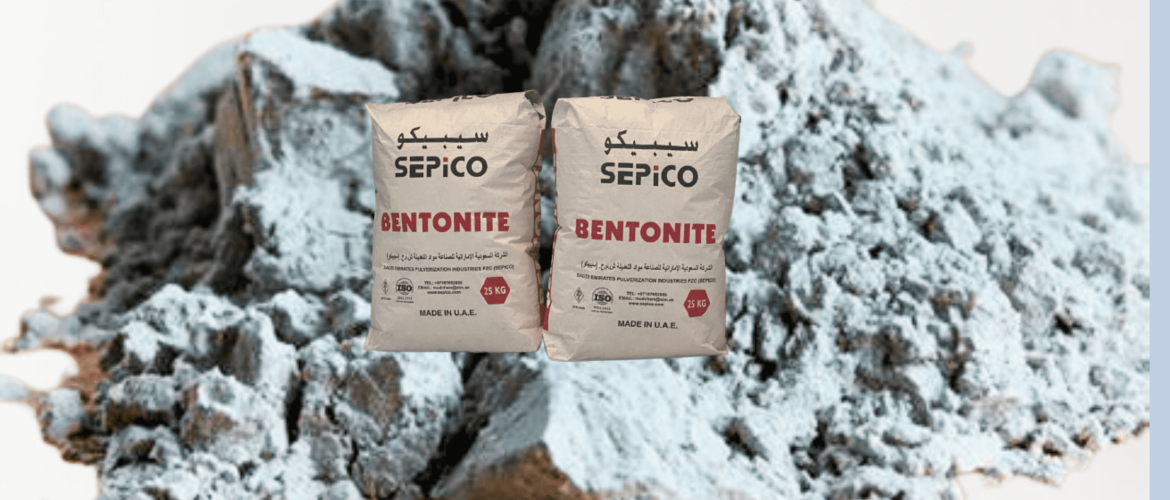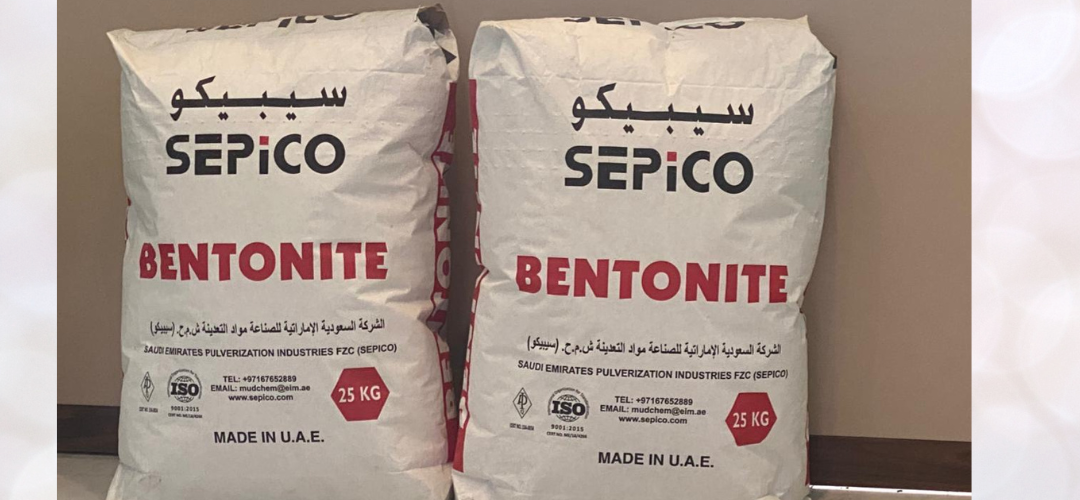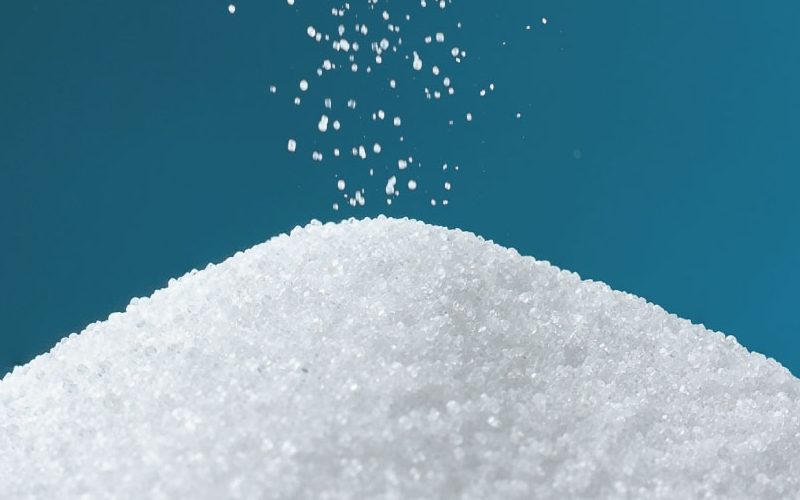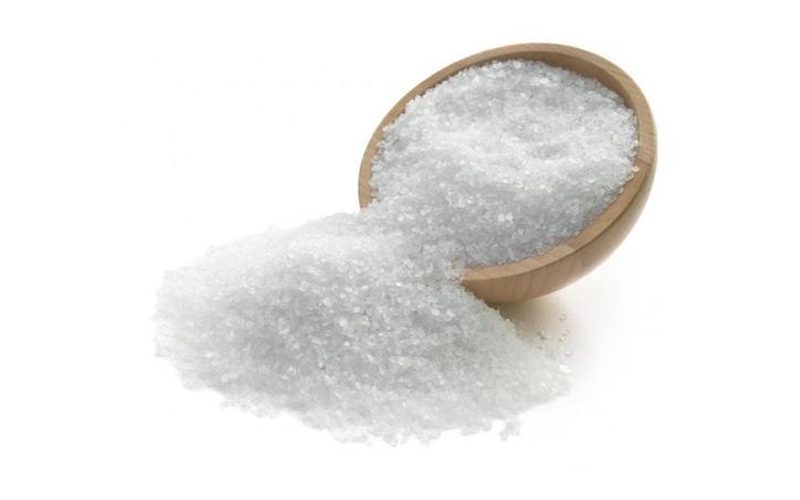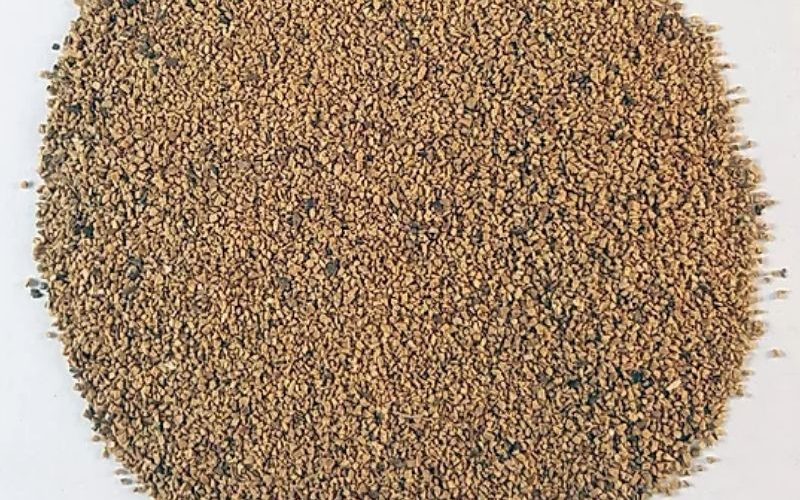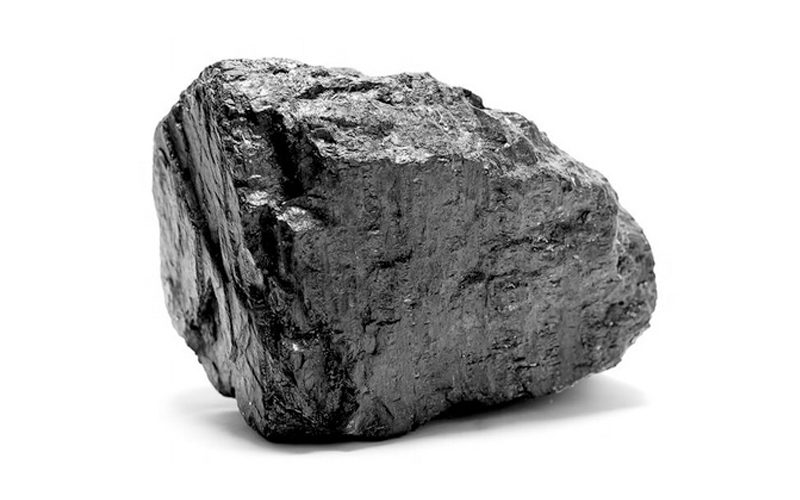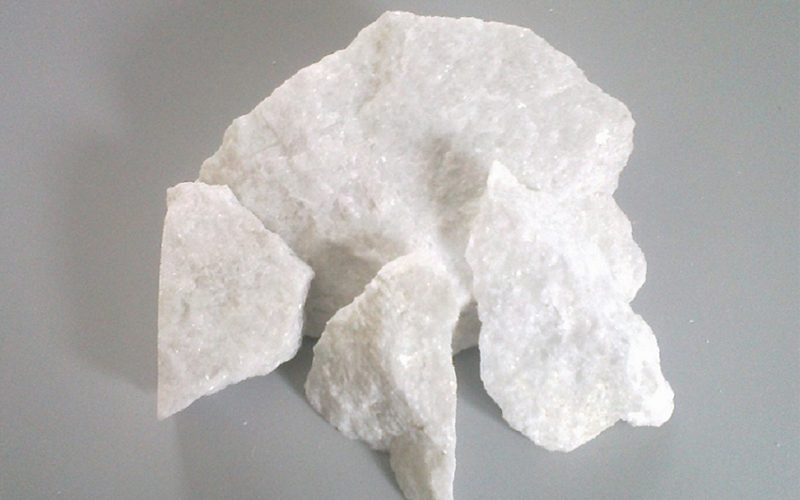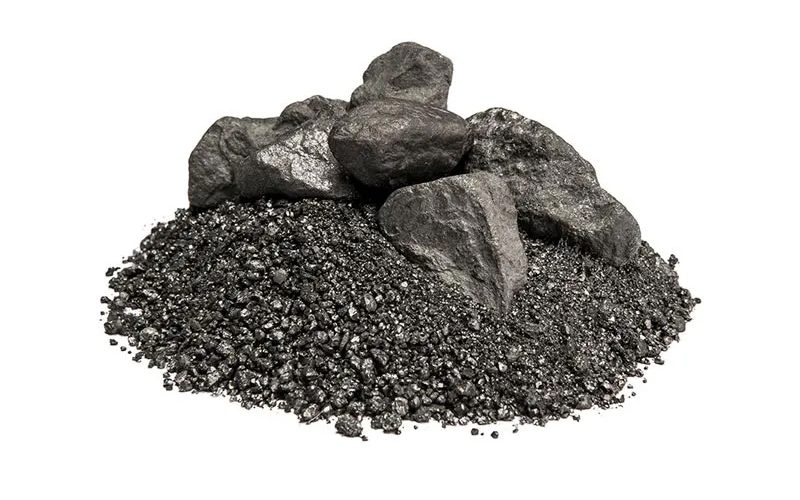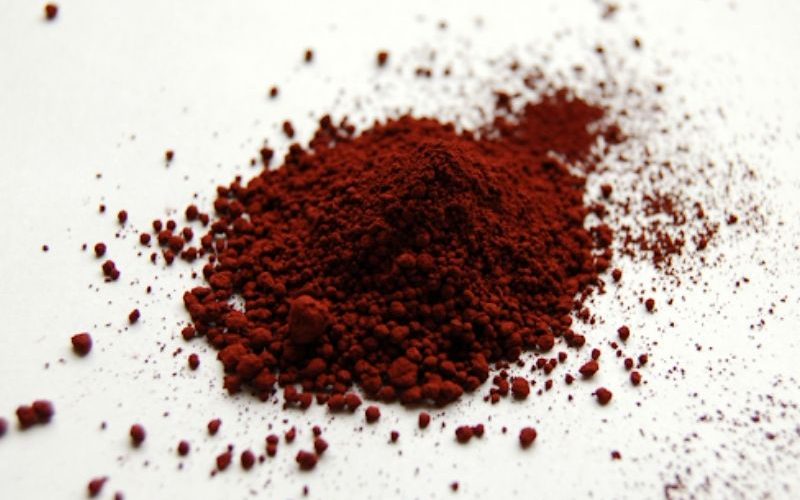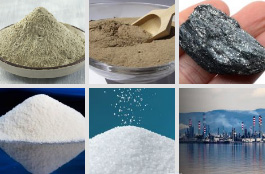Explore the process of manufacturing high-quality Bentonite clay powder in the UAE and discover why it is considered the best manufacturing product in the region. Bentonite clay originates from the natural process of volcanic ash weathering. It has unique properties that make it highly suitable for use in the construction and drilling industries. One of the main properties of Bentonite clay is its ability to swell and absorb water. This property makes it an excellent material for creating impermeable barriers in
Bentonite in Civil Engineering Bentonite is a clay that’s starting to turn heads in the civil engineering and water-proofing sectors. Bentonite clay is a type of absorbent clay that is known for its ability to swell when mixed with water. It is primarily made up of montmorillonite, which gives it plasticity, and other minerals such as quartz and cristobalite. Its unique properties, such as swelling capacity, plasticity, and sealing properties, make it a valuable asset in civil engineering and waterproofing
When it comes to piling in construction, efficiency is paramount. Piling, the process of driving deep foundation elements into the ground to support structures, requires precision and stability. One crucial element that significantly enhances piling efficiency is Bentonite. This versatile material offers numerous benefits throughout the piling process. In this article, we will explore five ways Bentonite enhances piling efficiency and how you can leverage it for successful construction projects. Bentonite Piling Efficiency 1. Utilizing Bentonite in Piling: Preventing Excavation Collapse
Construction projects require reliable materials that offer strength, stability, and versatility. One such material that plays a crucial role in various construction applications is construction bentonite. In this article, we will explore what construction bentonite is, its uses, and the different types available, with a special focus on the top bentonite manufacturer in the UAE, SEPICO. Introduction Construction bentonite is a type of clay mineral derived from volcanic ash deposits. It is primarily composed of montmorillonite, a smectite group mineral known
It’s no secret that ponds and lakes are some of the most vital ecosystems for humans, animals, and the environment alike. Unfortunately, changes like deforestation, agricultural runoff, and other environmental factors can cause these bodies of water to become contaminated with sediment and debris. That’s where bentonite comes in. Bentonite is a clay-based material that has an incredible ability to bind water together and form a seal over the surface of many surfaces including ponds and lakes. In this blog
Sodium chloride is the chemical name for salt NaCl salt is a mineral composed primarily of sodium chloride a chemical compound belonging to the larger class of salt. Salt is its natural forms as a crystalline mineral is known as rock salt or halite salt is present on vast requirement in sea water it is main mineral constituent. Absorb and transport nutrient. Maintain the high balance of fluid. A saturated salt mud is used to drill salt to prevent hole enlargement in hot
Potassium chloride (KCL) also known as potassium salt is metal halid salt composed of potassium and chloride. It is odorless and has a white or colorless vitreous crystal appearance. KCL is used as a fertilizer, in medicine, in scientific application, and food processing , in industrial, it is used as a supplement in animal fed to boost the amount of nutrients. It is some tome used in water as a completion fluid in petroleum and natural gas operation. Glass manufactures as granular potash as
Walnut shell excellent additive mainly using in oil industries. Abrasive product and blasting walnut shells are crushed ground and classified to standard mesh sizes that range from coarse, medium, and fine powder walnut shell have excellent strength with natural and enduring specialty it is use fir well undustries every different physical condition. It has wide usage in construction, furniture, adhesives, paint, plywood, resin, rubber, paint and cosmetic industries, Its flour can also use an additive for rubber and plastic industries it
It is a very pure resinous rock formed of a complex combination of different kinds of hydrocarbons, this unique natural combination rich in nitrogen and beta-carotenes and low in sulfur a high performance multipurpose additive that is also a cost-effective solution. Gilsonite is used in more than 160 products primarily in dark colored printing inks and paints, oil well drilling mud, and cement, asphalt modifiers, foundry, sand additives, and wide Varity of chemical product. An important characteristic of gilsonite is its softening-point
A compound with formula CaCO3that occurs naturally as a limestone. Ground and size calcium carbonate is use to increase mud density and is preferable to barite because it is acid-soluble and can be dissolved with hydrochloride acid to clean up as a binding material in drill-in completion and workover fluid. Calcium carbonate is used to prevent fluid invasion of permeable zone, and to prevent loss of circulation during during drilling workover and completion activities.
Magnetite strongly magnetic specimens that act as natural magnets are known as Lodstone. Magnetite is one of the most iniquitous minerals occurring in a great variety of igneous metamorphic and sedimentary rocks, typically as disseminated crystals or grains comprising less than one percent of their host rock. Magnetite often occurs in metamorphic rock which formed from ferruginous sediments in both regional and contact forming by the reduction of magnetite and ferric hydroxide minerals banded percombrine iron formation commonly contain magnetite. Chemical composition
Haematite also spelled as hematite is a common ferric iron oxide with formula Fe2O3 and is widespread in rock and soil. Hematite forms in the shape of crystals through the rhombohedra lattice system and it has the same crystal structure as ilmentite Formula – Iron (III) Oxide Fe2O3 Other names – Ferric oxide, hematite, ferric iron, red iron oxide Appearance – Red-brown Solubility – insoluble in water
- 1
- 2
